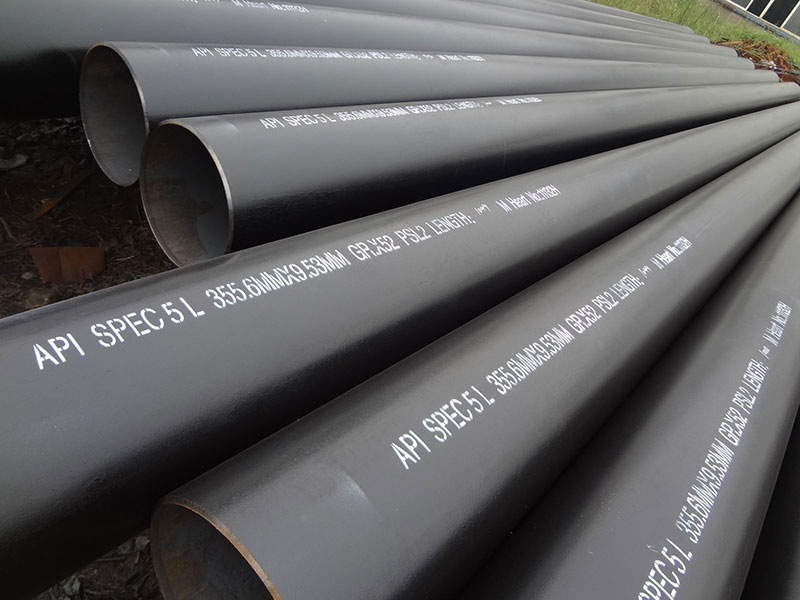
1. Research and gather information: Start by researching and gathering information about different seamless steel pipe factories. Look for their reputation, experience, and track record in the industry. You can find this information through online searches, industry directories, and trade publications.
2. Quality standards and certifications: Check if the factory has the necessary quality standards and certifications in place. Look for certifications like ISO 9001, API 5L, and ASTM standards. These certifications ensure that the factory follows strict quality control measures and produces high-quality seamless steel pipes.
3. Production capacity and capabilities: Evaluate the production capacity and capabilities of the factory. Consider factors like their production volume, manufacturing equipment, and technology. A factory with advanced machinery and a large production capacity will be able to meet your requirements efficiently.
4. Product range: Check the range of seamless steel pipes offered by the factory. Make sure they have the specific types, sizes, and specifications you require. A factory with a diverse product range will give you more options and flexibility.
5. Quality control processes: Inquire about the factory's quality control processes. Ask about their inspection procedures, testing methods, and quality assurance protocols. A factory that has a robust quality control system will ensure that you receive seamless steel pipes that meet the required standards.
6. Price and cost-effectiveness: Compare the prices offered by different factories. However, keep in mind that the cheapest option may not always be the best in terms of quality. Consider the overall cost-effectiveness, including factors like product quality, reliability, and after-sales service.
7. Customer reviews and references: Look for customer reviews and testimonials about the factory. You can find these on their website, online forums, or by contacting their previous customers. Additionally, ask the factory for references of their existing clients to get direct feedback about their experience with the factory.
8. Communication and customer service: Evaluate the factory's communication and customer service. A factory that is responsive, transparent, and provides good customer service will make the entire process smoother and more efficient.
9. Visit the factory: If possible, visit the factory in person to get a firsthand look at their facilities, production process, and overall operations. This will give you a better understanding of their capabilities and help you make a more informed decision.
